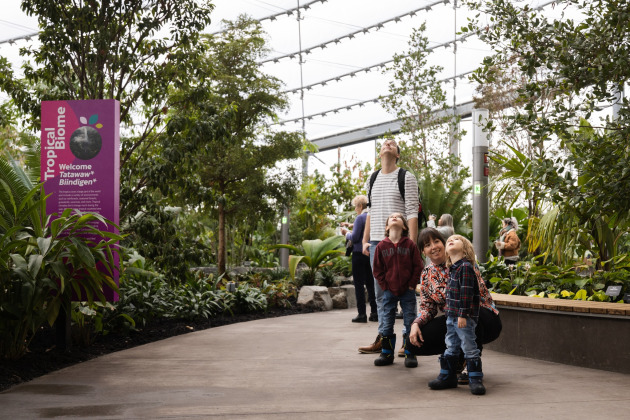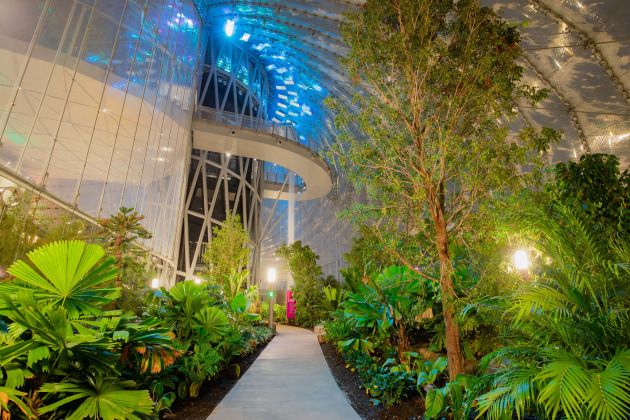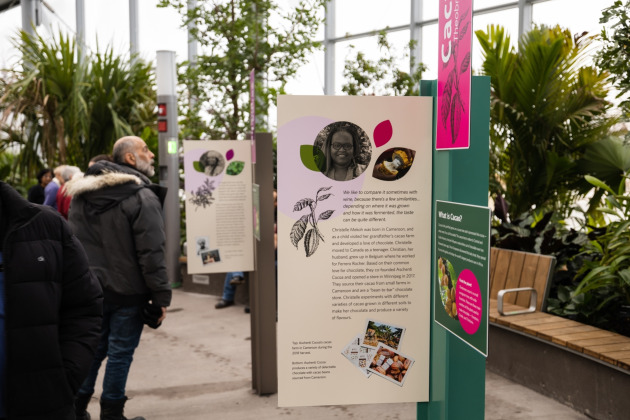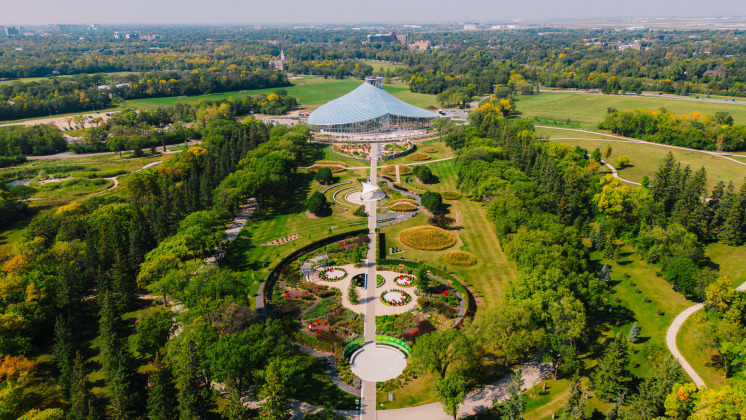Project Experience




The Leaf at Assiniboine Park
Established in 1904, Assiniboine Park is one of the largest urban parks in Canada and one of Winnipeg’s most loved attractions with millions of visitors each year. Year-round, the Park covers 1,100 acres and includes an array of attractions and amenities such as the Assiniboine Park Zoo, Assiniboine Park Pavilion Gallery Museum, and the Leo Mol Sculpture Gardens. Assiniboine Park Conservancy, is currently leading on a major $200 million revitalization of the Park. Development of Phase 3 is underway and will replace the existing Conservatory building with a new cultural attraction – Canada’s Diversity Gardens. Throughout the four cornerstone nature experiences – The Leaf, The Indigenous Peoples’ Garden, The Cultural Mosaic Gardens, and The Grove – visitors will explore the human connection with plants and discover the role plants have in shaping the life and identity of their community and their country – past, present and future.
In 2015, Lord Cultural Resources was commissioned to assist APC in developing the visitor experience and program elements for the proposed new gardens and to create a Visitor Experience Plan to help guide further design and implementation. We developed a cohesive narrative to tie all the elements of the Gardens together in order to tell a complete and captivating story. The goal was to create a bold, new cultural destination in Winnipeg at Assiniboine Park. The idea was to think of an integrated visitor experience – and what can tie this altogether. We wanted to reimagine the “traditional” botanical garden experience. Diversity Gardens was going to be a new kind of experience different from other botanical gardens. Our approach was to use plants as a medium to tell the stories of Canadians. Understanding how plants are used through the traditional knowledge of a local culture – to understand customs and uses for all aspects of their lives. And how those traditions and uses have been used locally or adapted – or even replaced altogether. The Interpretive Plan we produced outlined the entire storyline for Canada’s Diversity Gardens; it was the framework for tying together all garden experiences within that storyline. The plan describes the visitor experience for each garden area, the proposed exhibit elements, and how they link back to the themes. We used the plan to make decisions about what stories to tell and how the exhibition designers will bring the plan to life in 3D – how experiences should be laid out in physical space and to inspire creative means for expression. We produced a thematic exhibit structure that organizes how visitors will experience the content. An Indigenous Peoples’ Garden was designed and directed by Indigenous architects and advisors. The Lord team joined and listened during these consultations and helped to shape the stories and knowledge shared into the Interpretive Plan. The Indigenous Peoples’ Garden will be a place that serves as a crossroads of cultures, a place for sharing knowledge, where people can discover or rediscover the culture of Canada’s first inhabitants, while offering an opportunity for Indigenous peoples to share their traditions, wisdom and connection with the land.
In 2016, Lord Cultural Resources was re-enlisted to continue development of the plan into an Interpretive Strategy and contribute to the overall project design. Through a series of workshops with the Indigenous community, stakeholder interviews and public open houses, our team gathered ideas, tested exhibit themes and began collecting plant stories.
In 2018 we began working on the design and content development for the interpretive nodes that will be located across the site in the indoor biomes and outdoor gardens. In order to obtain the people-plant stories we devised a strategy for community story gathering. One of the risks of this project was that certain individuals or groups would feel excluded if their cultural stories were not featured in the exhibits. To mitigate that risk, we devised a strategy and a design for the exhibits so that they could be easily changed out over time in order to highlight new people and communities. We also reached out to every cultural group in Winnipeg with a population over 1,000 people according to the latest census, inviting them to share their stories. This included people and organizations representing 83 cultural groups in Winnipeg & surrounding area. We conducted in-person interviews that resulted in the collection of 115 personal plant stories which will be used in the interpretive nodes in the gardens. In order to continue to be inclusive, story collecting will continue through the life of the Gardens and visitors will be encouraged to contribute their own stories at kiosks on the site. We created all of the content for the interpretive nodes, which included writing text and selecting images and objects to tell the people and plant stories. The individuals featured in the exhibits are being kept in the loop throughout the process, to review and approve their stories, and to supply photos and objects for display. We have also executed exhibition design for the indoor and outdoor gardens. The interpretive nodes have been designed to fit within the natural surroundings of the garden, while also signaling to people that there are stories to experience. The nodes are all designed to be movable, able to withstand the harsh Winnipeg climate, and they are designed to be changeable so that content can be replaced in the future to highlight new people and cultural plant stories. The Outdoor Gardens opened in July 2021 and the Indoor Gardens opened in November 2022.
Awards:
- Canadian Society of Landscape Architects Award of Excellence, 2024
